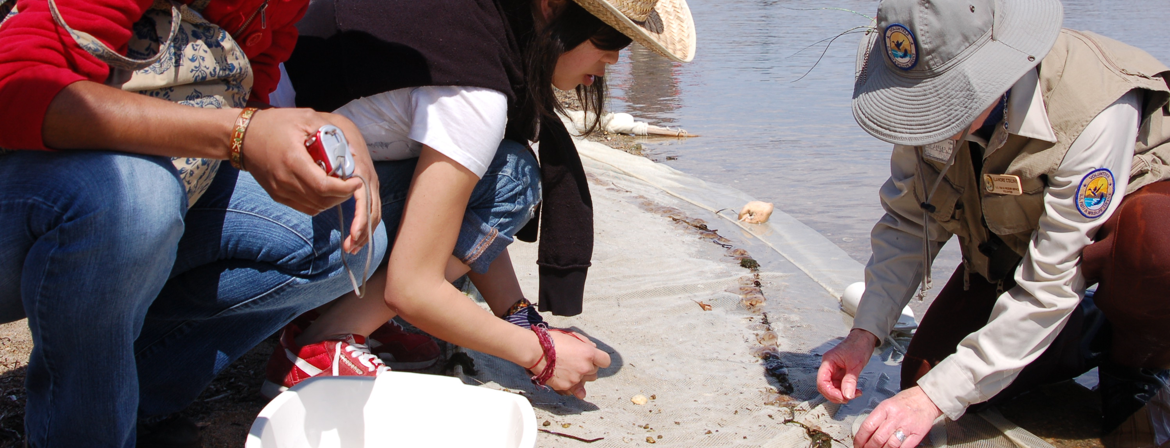An Explication of Social Norms
Lapinski, M., & Rimal, R. (2005). An Explication of Social Norms. Communication Theory, 15(2), 127-147. doi:10.1111/j.1468-2885.2005.tb00329.x.
Role of Group Orientation and Descriptive Norms on Water Conservation Attitudes and Behaviors
Lapinski, M., Rimal, R., DeVries, R., & Lee, E. (2007). Role of group orientation and descriptive norms on water conservation attitudes and behaviors. Health Communication, 22(2), 133-142.
What Makes Customers Bring Their Bags or Buy Bags from the Shop?: A Survey of Customers at a Taiwan Hypermarket
Lam, S., & Chen, J. (2006). What Makes Customers Bring Their Bags or Buy Bags from the Shop?: A Survey of Customers at a Taiwan Hypermarket. Environment and Behavior, 38(3), 318-332. doi:10.1177/0013916505278327.
How Habits Interfere with Norm-Directed Behaviour: A Normative Decision-Making Model for Travel Mode Choice
Klöckner, C., & Matthies, E. (2004). How habits interfere with norm-directed behaviour: A normative decision-making model for travel mode choice. Journal of Environmental Psychology, 24(3), 319-327. doi:10.1016/j.jenvp.2004.08.004.
Structural Modeling of Car Use on the Way to the University in Different Settings: Interplay of Norms, Habits, Situational Restraints, and Perceived Behavioral Control
Klöckner, C., & Matthies, E. (2009). Structural modeling of car use on the way to the university in different settings: Interplay of norms, habits, situational restraints, and perceived behavioral control. Journal of Applied Social Psychology, 39(8), 1807-1834. doi:10.1111/j.1559-1816.2009.00505.x.
Egocentric Bias or Information Management? Selective Disclosure and the Social Roots of Norm Misperception
Kitts, J. (2003). Egocentric bias or information management? Selective disclosure and the social roots of norm misperception. Social Psychology Quarterly, 66(3), 222-237. doi:10.2307/1519823.
From Innovation to Social Norm: Bounded Normative Influence
Kincaid, D. (2004). From Innovation to Social Norm: Bounded Normative Influence. Journal of Health Communication, 9(Suppl1), 37-57. doi:10.1080/10810730490271511.
Determinants of Active Commuting
Kayser, B. (2008). Determinants of active commuting. Preventive Medicine: An International Journal Devoted to Practice and Theory, 46(1), doi:10.1016/j.ypmed.2007.08.016.
Where Do Social Norms Come From?
Kameda, T., Takezawa, M., & Hastie, R. (2005). Where do social norms come from?: The example of communal sharing. Current Directions in Psychological Science, 14(6), 331-334. doi:10.1111/j.0963-7214.2005.00392.x.
A Focus Theory of Normative Conduct: When Norms Do and Do Not Affect Behavior
Kallgren, C., Reno, R., & Cialdini, R. (2000). A focus theory of normative conduct: When norms do and do not affect behavior. Personality and Social Psychology Bulletin, 26(8), 1002-1012. doi:10.1177/01461672002610009.



